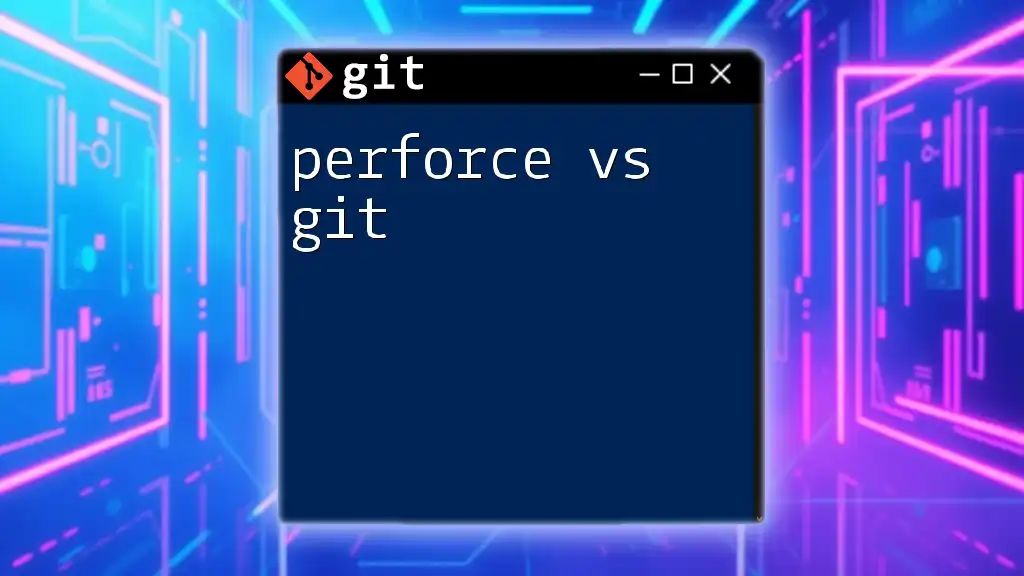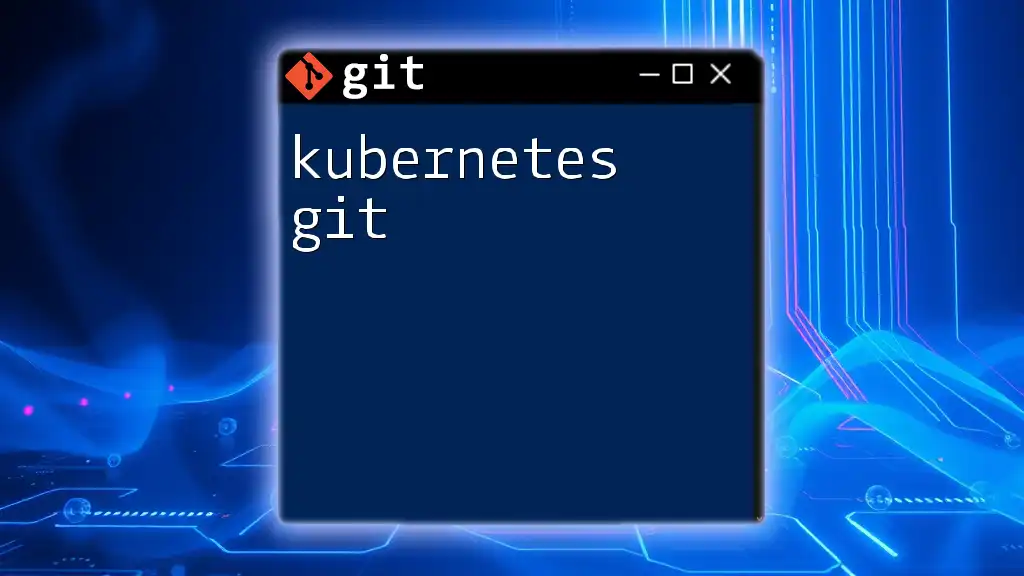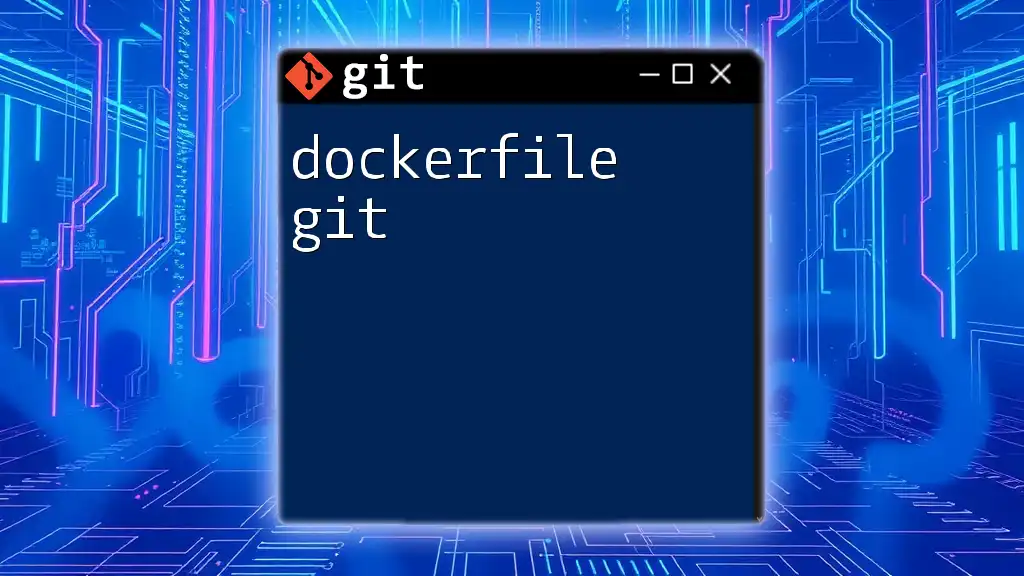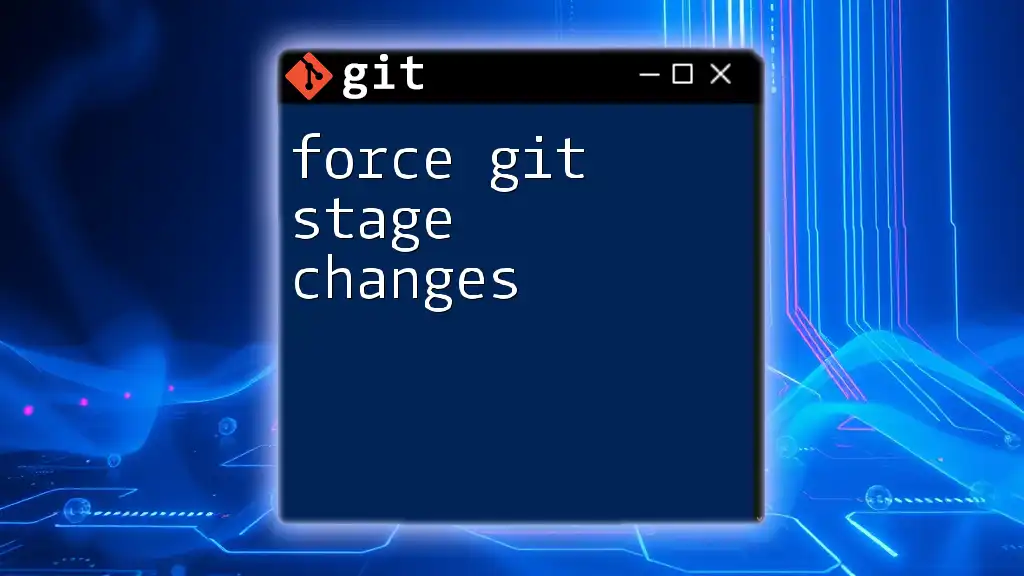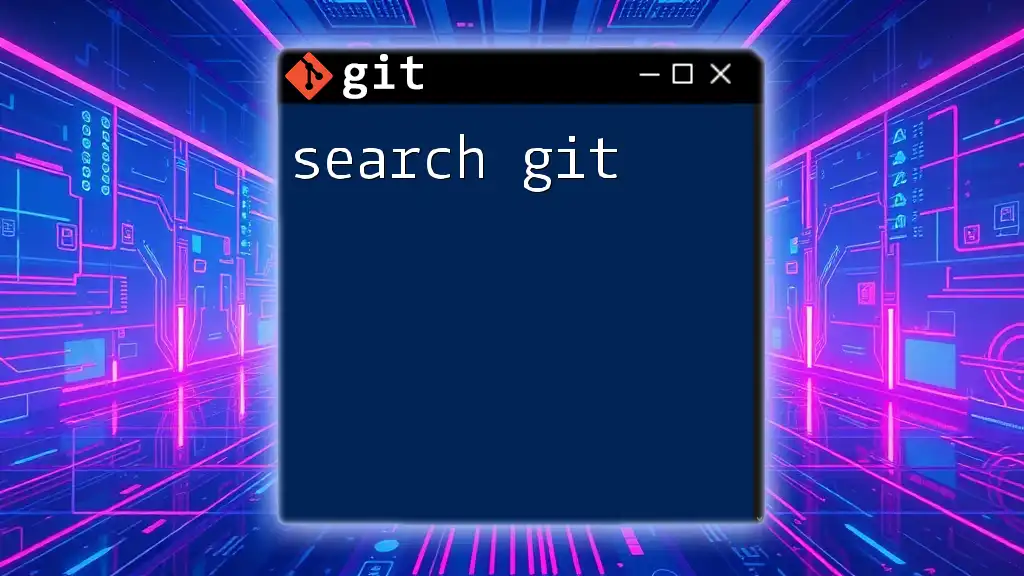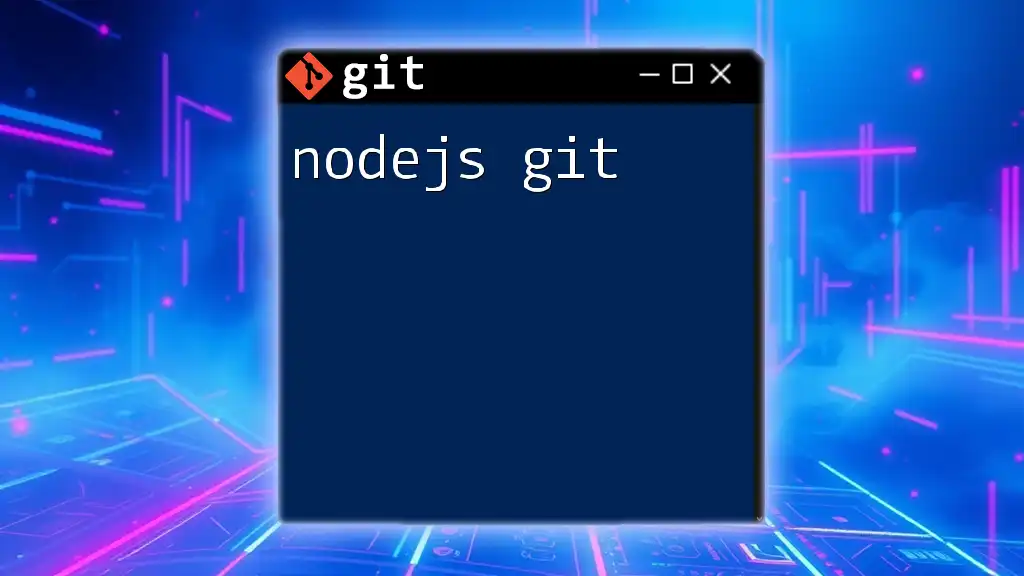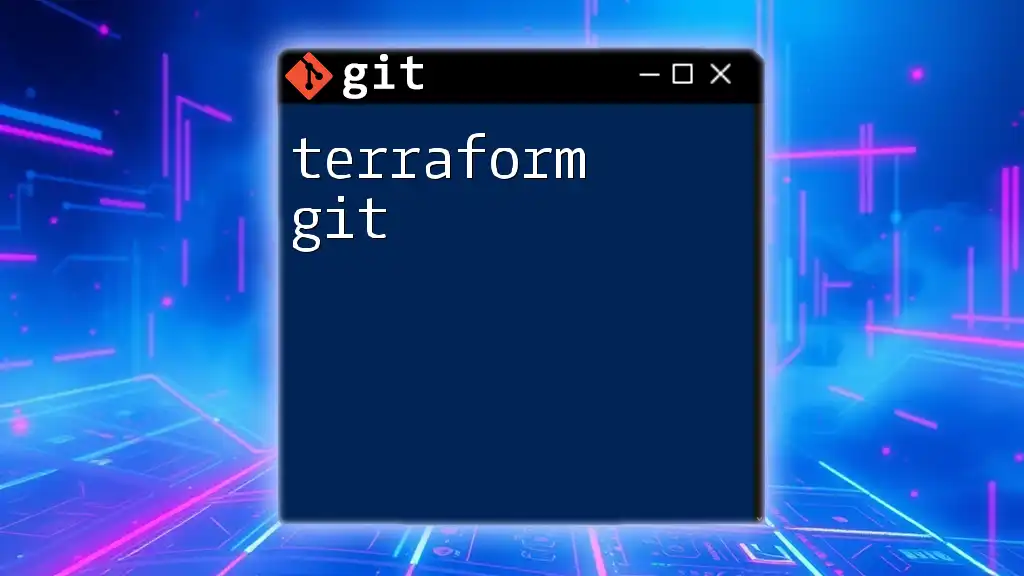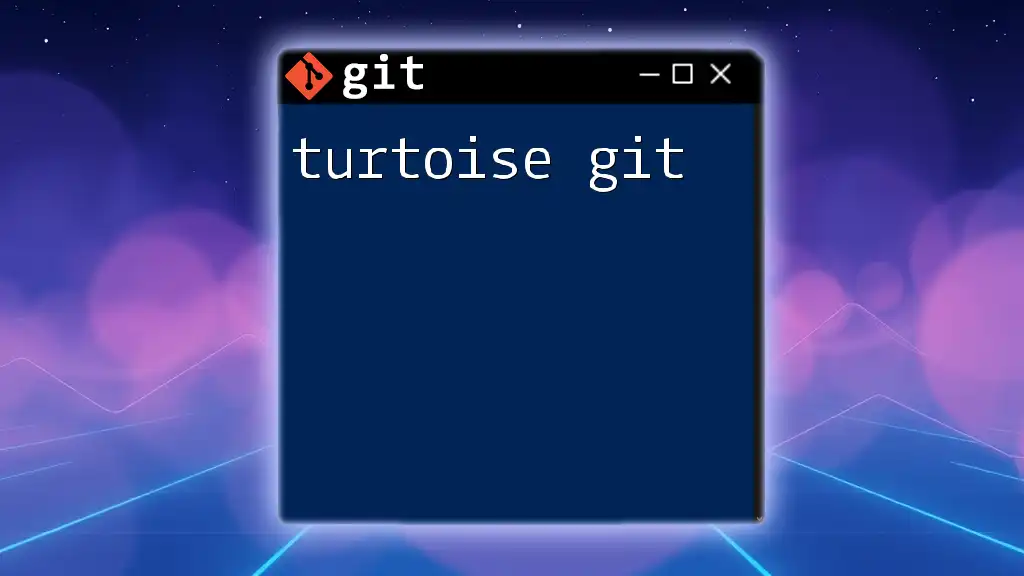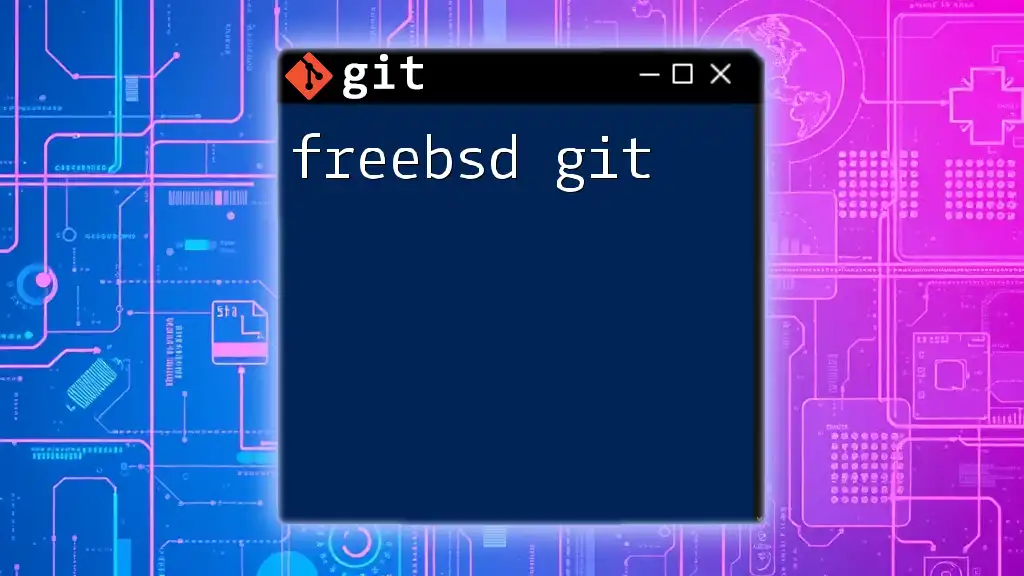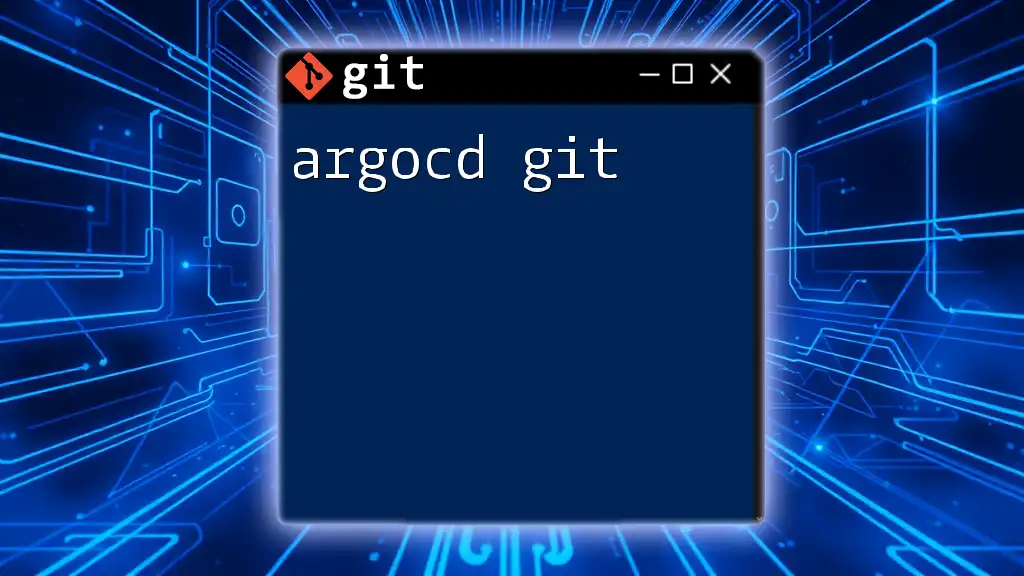Perforce is a centralized version control system suited for large files and enterprise environments, while Git is a distributed version control system focused on speed and collaboration among developers; here's how you can switch to a branch in Git compared to checking out a specific file in Perforce:
# Git: Switching to a branch
git checkout feature-branch
# Perforce: Checking out a specific file
p4 edit path/to/file.txt
Overview of Perforce
What is Perforce?
Perforce is a centralized version control system (VCS) designed to handle large projects with multiple files and extensive codebases. Initially developed in the early 1990s, its architecture makes it particularly suitable for industries like gaming and multimedia, where managing substantial binary files is crucial. Its ability to efficiently manage branching and merging workflows allows teams to collaborate seamlessly, even on complex projects.
Key Features of Perforce
Perforce offers several noteworthy features that cater to large development teams:
- Support for Large Files: Perforce excels at managing large repositories and significant binary assets, making it ideal for industries such as game development and animation.
- Advanced Branching and Merging: Its powerful branching model is particularly useful for enterprises that need to manage multiple feature developments simultaneously.
- Fine-Grained User Permissions: With granular control over user permissions, teams can ensure security and partition access according to roles, which is vital in larger organizations.
Use Cases for Perforce
Perforce is widely adopted by companies in creative industries. For example, a game development studio may use Perforce to manage its codebase across various teams, ensuring that all assets—from art to sound—are synchronized and versioned correctly. By leveraging Perforce's branching capabilities, different teams can work on individual features without disrupting the workflow of others.
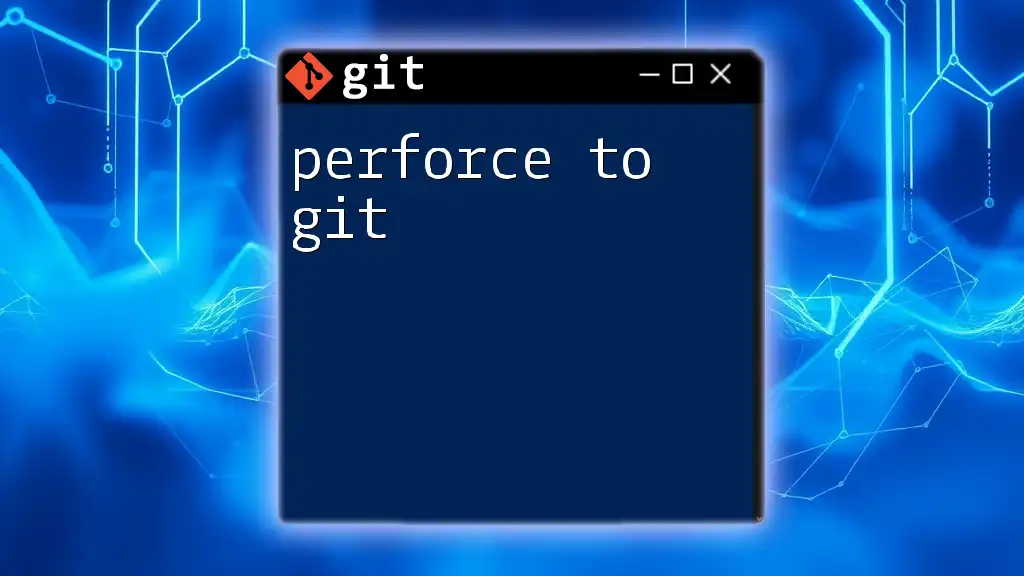
Overview of Git
What is Git?
Git is a distributed version control system that has become the de facto standard for version control in the software development community since its inception in 2005 by Linus Torvalds. Its architecture enables every developer to maintain a local copy of the entire repository, allowing for fast operations and offline work. Git's flexibility makes it a favorite among open-source projects and startups.
Key Features of Git
Git includes several critical features that contribute to its popularity:
- Easy Branching and Merging: With Git, branching is incredibly lightweight and straightforward, allowing developers to create isolated environments for features and bug fixes easily.
- Local Repositories: By allowing developers to work on their copies of the code, Git reduces the reliance on a central server, improving speed and reliability.
- High Performance: Git is optimized for performance. Its data structure is highly efficient, which means operations are fast even with large projects.
Use Cases for Git
Git is particularly effective in collaborative environments. A startup developing a SaaS application might use Git to enhance teamwork among a small, agile group of developers. Each team member can push changes, create pull requests, and conduct code reviews without disrupting the project workflow, thanks to the distributed nature of Git.

Comparison Between Perforce and Git
Architectural Differences
A significant distinction between Perforce and Git lies in their architecture. Perforce operates as a centralized model, meaning that all version history is stored on a central server. This approach can simplify access control but might lead to performance bottlenecks with larger teams.
Conversely, Git's distributed architecture allows each user to have a complete copy of the repository locally. This design results in faster operations and enhances flexibility, as developers can continue working offline. However, proper training and structure are crucial to manage collaboration effectively in Git.
Performance Considerations
When evaluating performance, both systems have their merits:
- Perforce: Excels in handling very large files and significant volumes of changes or user activities due to its centralized nature.
- Git: Generally offers faster local operations since developers can perform many tasks without needing to communicate with a central server.
User Experience and Workflow
Command Line Interface and GUI: Both Perforce and Git have robust command-line interfaces and GUI tools:
- Git: Tools like SourceTree provide a user-friendly way to interact with repositories, while Git's command line offers flexibility and control.
- Perforce: P4V, the Perforce visual client, provides a comprehensive visual representation of repositories, making it easier for new users to navigate.
Learning Curve
As for the learning curve, many users find Git more complicated initially due to its extensive features and branching models. However, once grasped, Git can be incredibly powerful and efficient. On the other hand, Perforce is often viewed as more straightforward for teams accustomed to centralized workflows, though its capability for deep customization can present challenges for new users.
Branching and Merging Strategies
In branching models, Perforce features a more traditional approach, allowing team members to create branches but often requiring manual intervention for merges. Git’s approach to branching and merging is more fluid; using feature branches, developers can work in isolation with minimal disruption. Importantly, merging in Git typically involves automated changes, whereas Perforce may require manual adjustments during more complex merges.
Security and Permissions
When it comes to access control, Perforce shines with comprehensive, fine-grained user permission settings. Administrators can define what each user or group can access at the directory level, enhancing security in large teams. In contrast, Git relies more on repository-level access and manages permissions through external services, requiring additional tools for comprehensive control.

Real-world Applications
Case Studies
Perforce in Action: Many large gaming companies utilize Perforce to manage extensive and intricate codebases. For instance, a game studio developing a blockbuster title benefits from Perforce’s ability to handle large assets, some exceeding gigabytes, all while allowing multiple teams to work on different aspects (like coding, audio, and graphics) concurrently.
Git in the Wild: Many open-source projects thrive using Git because it fosters community contributions. For instance, developers contributing to a popular open-source library can fork the repository, create personal branches, and submit pull requests seamlessly, building a robust history of contributions.
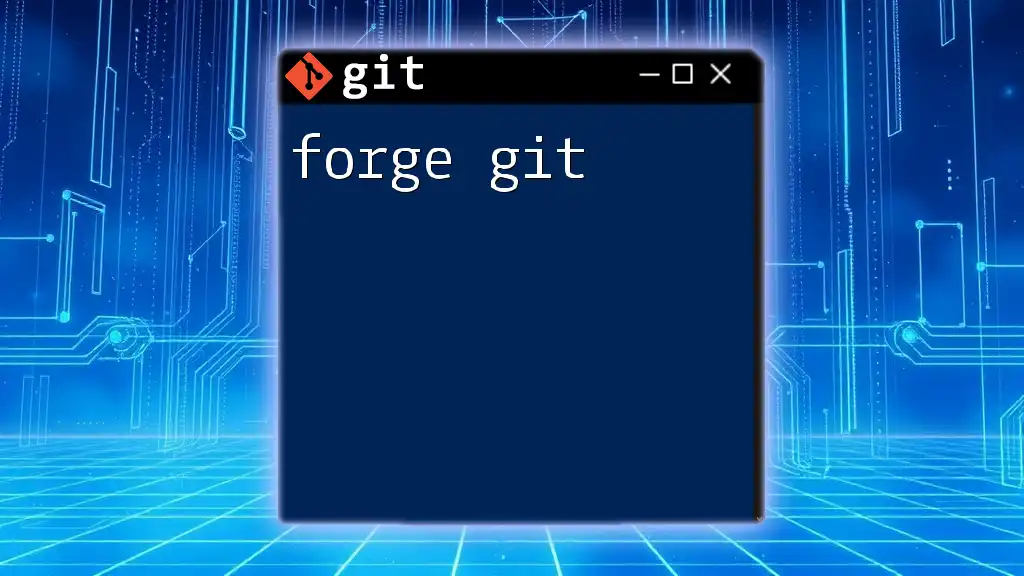
Choosing the Right System for Your Needs
Factors to Consider
When deciding between Perforce and Git, consider the following:
- Project Size and Structure: Larger teams or projects with substantial binary assets may prefer Perforce, while smaller teams focusing on collaborative code development can benefit more from Git.
- Team Collaboration Dynamics: If your team operates with rapid iterations and requires fast collaboration, Git’s distributed nature offers a distinct advantage.
- Future Scaling and Flexibility: Consideration of long-term project goals can influence your decision. Projects anticipated to scale in size may find Git’s flexibility advantageous.
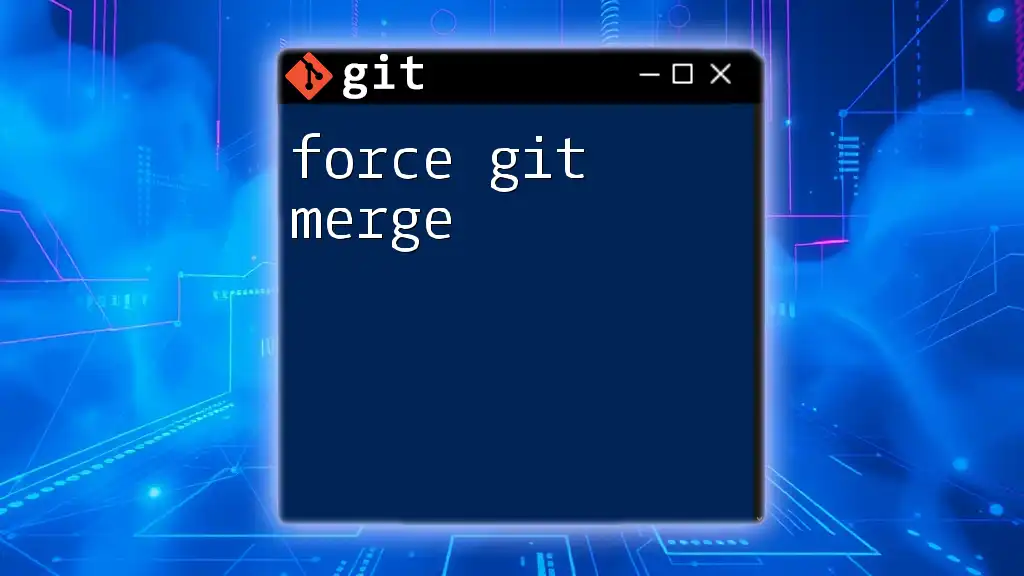
Conclusion
In summary, both Perforce and Git have distinct advantages and disadvantages that cater to different types of projects and workflows. While Perforce excels in environments that require strong control over large files with centralized management, Git offers flexibility, speed, and a collaborative edge that many startups and open-source projects thrive on.

Call to Action
If you're looking to deepen your understanding of Git commands and optimize your workflow, consider checking our additional resources. Join our community for more insights, tutorials, and tips on mastering version control systems!
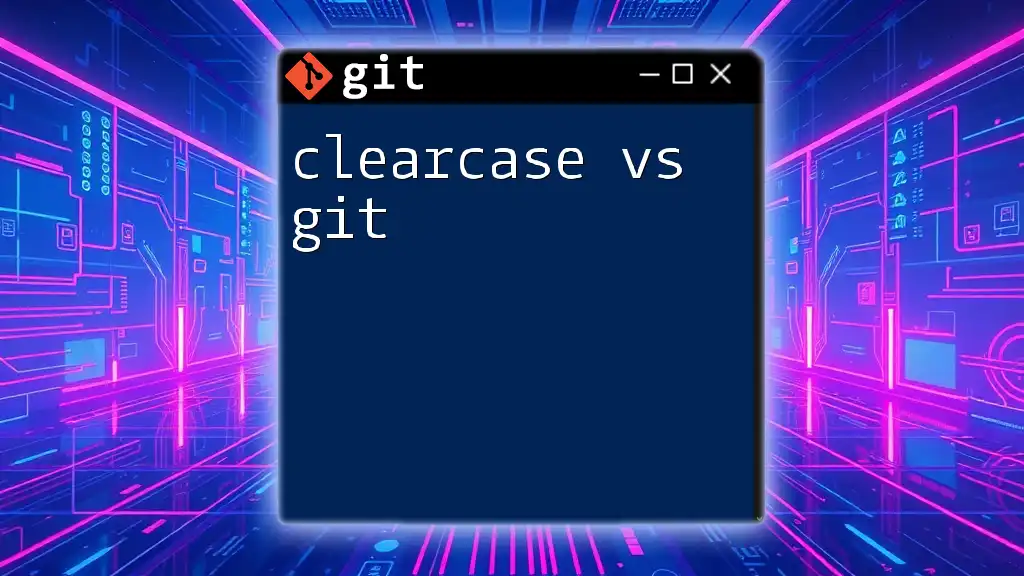
Additional Resources
- Official Git Documentation
- Perforce User Guide
- Comparative Studies on Version Control Systems
- Recommended Tools and Plugins for Perforce and Git

